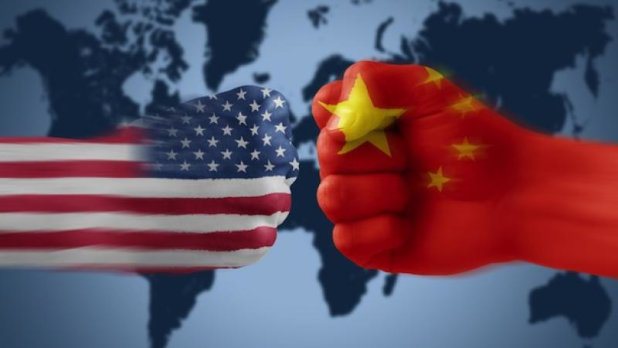By the early 2020s, rivalry for industrial innovation will accelerate between the U.S. and China. Ironically, the Trump White House has opted for a poor-economy industrial policy, whereas China has a rich-economy policy. The former seeks past glory; the latter cannot wait to get to the future.
According to the Trump administration, after the 2008 recession, American workers and businesses have suffered the loss of some 300,000 manufacturing jobs and the slowest economic recovery and since World War II. Consequently, one of President Trump’s key issues is “bringing back jobs and growth.”[1]
To get the economy back on track, the White House plan is to create 25 million new American jobs in the next decade to restore 4 percent annual economic growth. In contrast, China’s recently-introduced five-year plan is predicated on rapid progress in advanced manufacturing and innovation capacity.
Curiously enough, the U.S. focus is on the kind of industrial policy that usually typifies less developed economies, whereas China is engaged in innovation strategy, which usually predominates in relatively wealthier economies. What will be the outcome?

Trump’s medium-term industrial objectives
The Trump administration is not the first one to seek the revival of U.S. manufacturing exports. “We will double our exports over the next five years, an increase that will support 2 million jobs in America,” President Obama said in his first State of the Union speech in 2010. While Obama’s National Export Initiative increased concern for protectionism and trade friction among America’s big trading partners, it gradually faded away, along with other Obama legacies.
Today, world exports amount to almost $18 trillion annually. Almost half of the total can be attributed to only eight export giants, including the European Union ($2.3 trillion), China ($2.0 tr), US ($1.5 tri) and Japan ($0.6 tr), followed by South Korea, Hong Kong, Netherlands, and Italy.
In order to raise U.S. export strength by a magnitude, Trump chose Harvard-trained economist Peter Navarro to head the newly-created National Trade Council (NTC) in the White House. Now Navarro’s job is to oversee industrial policy, while targeting the trade deficit is expected to pave way to Trump’s “First America” trade protectionism.[2]
Navarro is a Republican insider who advised President George W. Bush and Mitt Romney’s failed campaign. As I warned over 3 years ago,Navarro and former Nucor CEO Dan DiMicco, another Trump Trade adviser, represent not just trade protectionism but an effort to mainstream anti-China bias in America.[3] In this effort, a key executor of Trump’s mandate is billionaire Wilbur Ross, a bankruptcy expert who made his fortune from bankrupt US companies and offshored jobs.













Leave A Comment